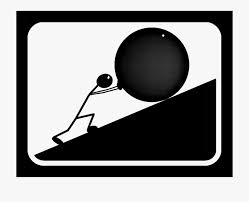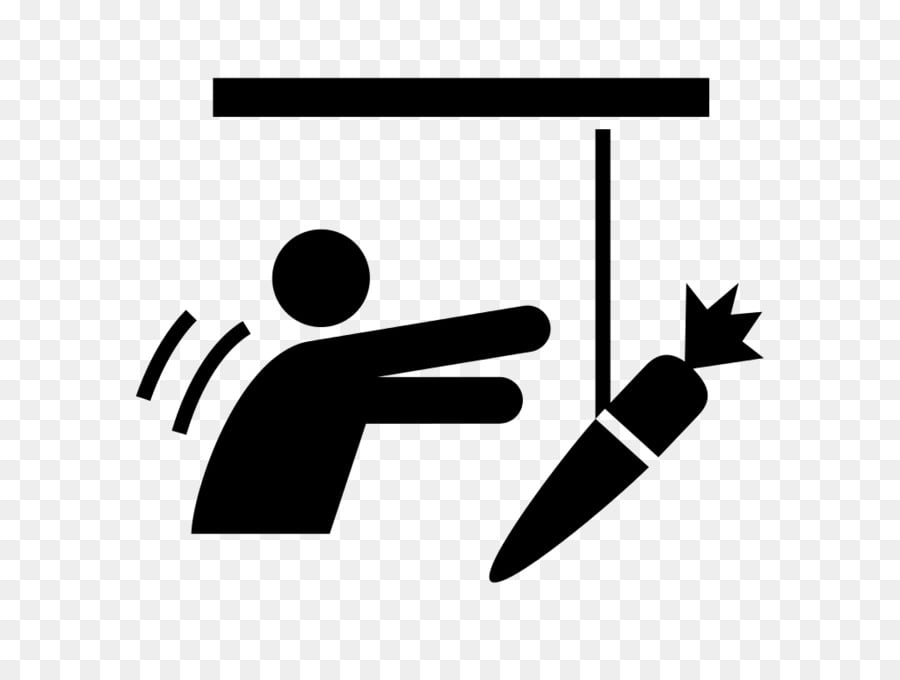Strategic Financial Analysis: Interpreting Key Financial Metrics
In the world of business and entrepreneurship, understanding and interpreting key financial metrics is crucial for strategic financial analysis. These metrics provide valuable insights into the financial health and performance of a company, helping businesses make informed decisions and plan for the future. In this article, we will explore the importance of strategic financial analysis and delve into some key financial metrics that every business owner should be familiar with.
-
Gross Profit Margin 💰 The gross profit margin is a measure of a company's profitability, indicating how efficiently it produces goods or delivers services. It is calculated by subtracting the cost of goods sold from total revenue and dividing the result by total revenue, expressed as a percentage. For example, if a company's total revenue is $1,000,000 and its cost of goods sold is $600,000, the gross profit margin would be 40%.
-
Return on Investment (ROI) 💼 ROI is a key financial metric that measures the return on an investment relative to its cost. It helps businesses evaluate the profitability and efficiency of their investments. ROI is calculated by taking the net profit of an investment and dividing it by the initial cost of the investment, expressed as a percentage. For instance, if an investment yields a net profit of $50,000 and its initial cost was $500,000, the ROI would be 10%.
-
Debt-to-Equity Ratio 📊 The debt-to-equity ratio is an indicator of a company's financial leverage and risk. It compares a company's total debt to its shareholders' equity, revealing the proportion of debt financing relative to equity financing. A lower debt-to-equity ratio is generally favorable, as it signifies less financial risk. For example, if a company has $2,000,000 in debt and $1,000,000 in shareholders' equity, the debt-to-equity ratio would be 2:1.
-
Current Ratio 📈 The current ratio is a measure of a company's liquidity and ability to meet short-term obligations. It compares a company's current assets to its current liabilities, indicating its ability to cover short-term debts. A ratio of 2:1 or higher is typically considered healthy. For instance, if a company has $500,000 in current assets and $200,000 in current liabilities, the current ratio would be 2.5:1.
-
Net Profit Margin 🌟 The net profit margin is a key metric that reveals how much profit a company generates from its revenue. It is calculated by dividing the net profit (after deducting all expenses, including taxes) by total revenue, expressed as a percentage. A higher net profit margin indicates greater profitability. For example, if a company has a net profit of $200,000 and total revenue of $1,000,000, the net profit margin would be 20%.
-
Inventory Turnover Ratio 📉 The inventory turnover ratio measures how efficiently a company manages its inventory. It is calculated by dividing the cost of goods sold by the average inventory value during a specific period. A higher ratio indicates that inventory is being sold quickly, minimizing carrying costs. For instance, if a company's cost of goods sold is $500,000 and its average inventory value is $100,000, the inventory turnover ratio would be 5.
-
Cash Flow Coverage Ratio 💸 The cash flow coverage ratio measures a company's ability to generate enough cash flow to cover its debt obligations. It compares a company's operating cash flow to its total debt, indicating the number of times the debt can be covered by cash flow. For example, if a company has an operating cash flow of $200,000 and total debt of $500,000, the cash flow coverage ratio would be 0.4.
-
Return on Assets (ROA) 🏢 ROA measures a company's profitability relative to its total assets. It is calculated by dividing net income by total assets, expressed as a percentage. A higher ROA indicates that a company is utilizing its assets efficiently to generate profits. For instance, if a company has a net income of $100,000 and total assets of $1,000,000, the ROA would be 10%.
-
Earnings Before Interest, Taxes, Depreciation, and Amortization (EBITDA) 💵 EBITDA is a financial metric that provides a snapshot of a company's operating performance by excluding non-operating expenses. It is calculated by adding back interest, taxes, depreciation, and amortization to net income. EBITDA is often used to compare the profitability of different companies or assess their ability to generate cash flow.
-
Return on Equity (ROE) 💰 ROE measures a company's profitability from the perspective of its shareholders. It is calculated by dividing net income by shareholders' equity, expressed as a percentage. A higher ROE indicates that a company is generating strong returns for its shareholders. For example, if a company has a net income of $500,000 and shareholders' equity of $2,000,000, the ROE would be 25%.
-
Price-Earnings (P/E) Ratio 📈 The P/E ratio is a valuation metric that compares a company's share price to its earnings per share (EPS). It indicates the market's expectations of a company's future earnings potential. A higher P/E ratio suggests that investors have higher expectations for future growth. For instance, if a company's share price is $50 and its EPS is $5, the P/E ratio would be 10.
-
Working Capital Turnover Ratio 🔄 The working capital turnover ratio measures a company's efficiency in utilizing its working capital to generate sales. It is calculated by dividing net sales by average working capital, which is the difference between current assets and current liabilities. A higher ratio indicates that a company is effectively using its working capital to drive sales. For example, if a company has net sales of $1,000,000 and average working capital of $200,000, the working capital turnover ratio would be 5.
-
Equity Multiplier 📊 The equity multiplier is a financial metric that measures a company's financial leverage. It is calculated by dividing total assets by shareholders' equity. A higher equity multiplier indicates that a company is relying more on debt financing. For instance, if a company has total assets of $2,000,000 and shareholders' equity of $500,000, the equity multiplier would be 4.
-
Break-Even Point 📉 The break-even point is the level of sales at which a company neither makes a profit nor incurs a loss. It is a valuable metric for determining the minimum sales volume required to cover fixed and variable costs. By understanding the break-even point, businesses can assess the viability of their products or services and make informed pricing decisions.
-
Cash Conversion Cycle 💸 The cash conversion cycle measures the time it takes for a company to convert its investments in inventory and other resources into cash flow from sales. It consists of three components: the average time it takes to sell inventory, the average time it takes to collect receivables, and the average time it takes to pay suppliers. A shorter cash conversion cycle indicates that a company is efficiently managing its working capital and generating cash flow.
In conclusion, strategic financial analysis is essential for businesses and entrepreneurs to make informed decisions and plan for the future. By understanding and interpreting key financial metrics, such as the gross profit margin, ROI, debt-to-equity ratio, and many others, businesses can gain valuable insights into their financial health and performance. Armed with this knowledge, entrepreneurs can optimize their business strategies, allocate resources effectively, and drive sustainable growth. So, what do you think? How do you interpret and utilize key financial metrics in your strategic planning? Share your thoughts and experiences below!🚀






